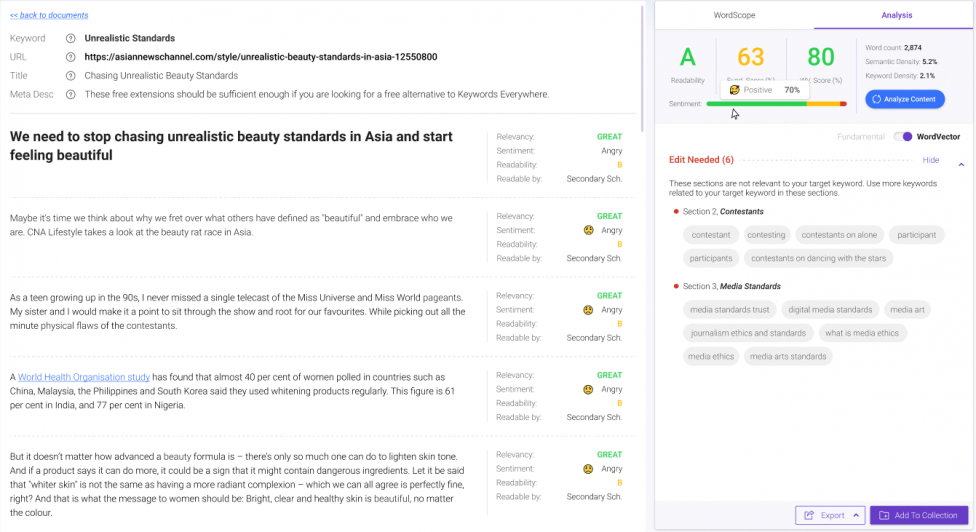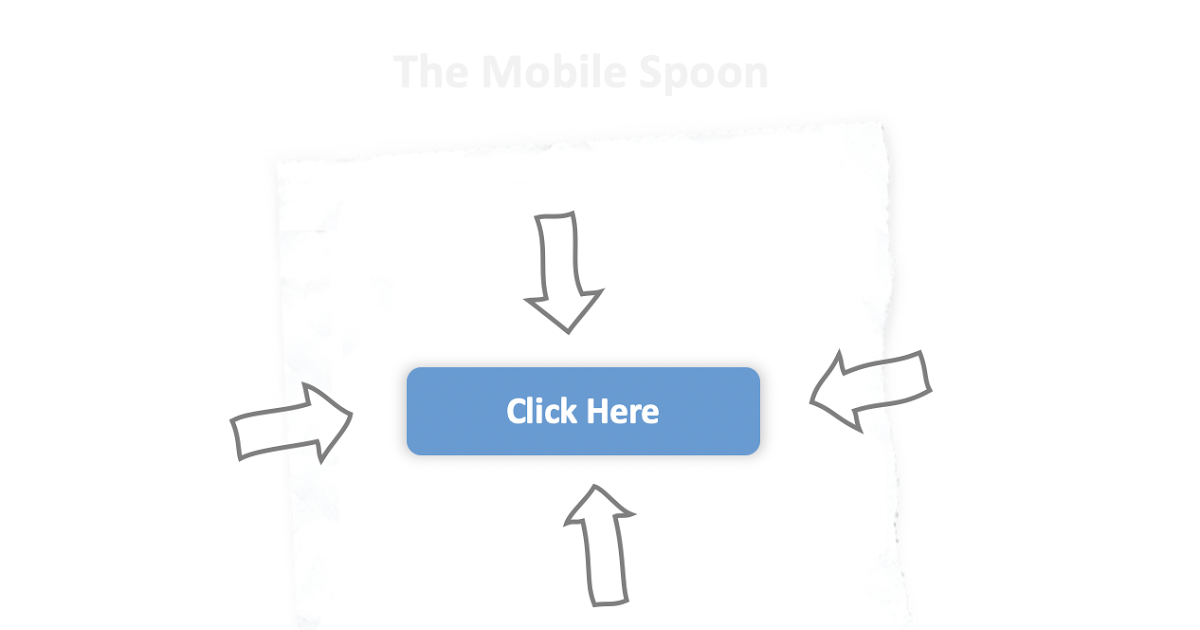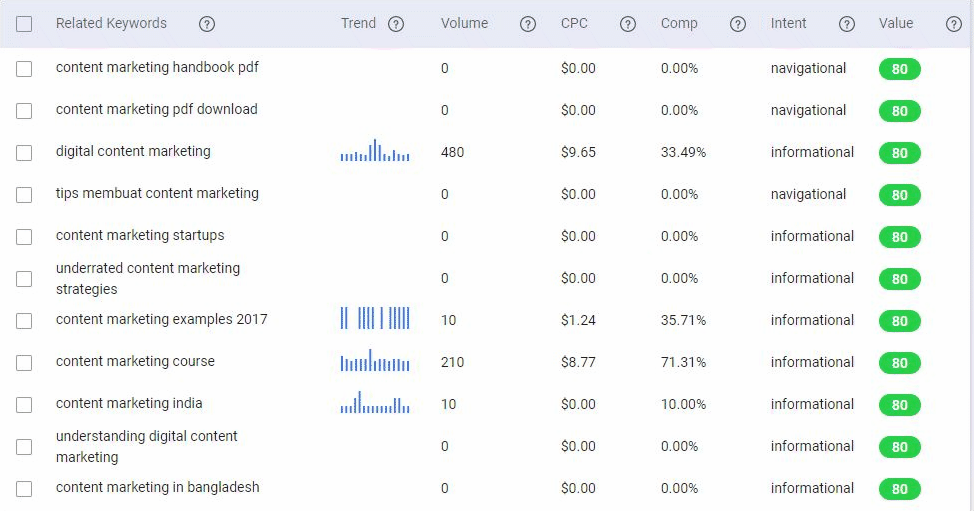Everyone understands SEO. But do you know that doing optimizing for search intent SEO will bring a huge impact too? Here's a guide on knowing how and why people search.
Search intent (also called user intent) is an important SEO element. It helps you to understand your target readers and create content that matches their needs.
Additionally, user intent helps you to identify unique target keywords that will drive enough traffic to your website.
As such, in-depth comprehension of search intent SEO is inevitable if you want to succeed in your SEO work. This is an all-inclusive guide on everything that you need to know about search intent SEO. Read on.
What is Search Intent?

When you open a tab on your search engine and type a question, you’re most likely looking for an answer to a problem you’re experiencing, right?
Well, the reason you conducted that online search is what is called search intent (the intention of the search).
For example, you started a site one year ago and you’re starting to become frustrated by its erratic traffic and low conversion rates.
So, you decide to investigate the cause of the lackluster statistics of your site. To get answers, you proceed to Google and type “best ways to attract traffic to a new site”.
So, what is the intent of this search?
Well, the intent lies in the answer as to why you made that search. It could be:
- You want to learn the most viable content for your niche
- To learn the mistakes to avoid as a new blogger
- How to increase traffic organically
- Best SEO practices for a new blogger
As such, the search intent is the why behind any online search. What are you looking for? Do you want to learn something? Are you looking for a product to purchase?
All these are user intents.
But why is search intent necessary for SEO? Well, let’s see how adequate knowledge of this topic can boost your SEO and consequently improve your traffic.
Why Search Intent is an Important SEO Element
If you want to rank your content, then you must ensure that you answer the questions that your target readers have. For example,
What value would content such as “Will the Sun Set Today?” have to the readers? Would anyone be interested in looking up such a question?
Well, it’s factual that the sun will set today. Therefore, the chances that anyone will be looking for answers to that question are minimal.
Regardless of how top-notch your content on that specific topic will be, it will not be answering any search intent. As such, it will be relatively useless and will not bring in any traffic to your site!
If you’re wondering how user intent is linked to your traffic, then here’s your answer:
For readers to get to your content, they must use a search engine such as Google (the main one), Bing, DuckDuckGo, or Yahoo.
These engines act as the intermediary between the reader and the content creator.
To fulfill this purpose, they have a database comprising all articles submitted and indexed to resolve the readers’ problems.

As such, the search engines will only retrieve an article that provides the best answer.
And this is where the concept of ranking comes in:
Google (or any other search engine) will rank articles from its database based on their relevance and usefulness in meeting the search intent.
So, whenever you’re creating content, you should ask yourself whether it provides useful information to answer the specific target search query.
What is User Intent in SEO?
If you want to own a successful blog, then you must have an unrivaled ability to provide top-notch answers to search intent questions.
Always remember that we have millions of articles published every day to answer specific intent questions.
All these articles are competing to at least rank the top 10 in Google. So what exactly will determine which one ranks on the first page of the search engines?
Well, the answer is simple:
The comprehensiveness of the article in answering the user intent question. But you could be wondering how these search engines crawl all the articles and determine their relevance, right?
This is how:
Most of the search engines have invested in Artificial intelligence bots that crawl articles and determine their usefulness. If you want these bots to favor your content, then you should ensure the following:
1. Your Content has Authority
If you’re relatively old in the SEO world, you must have realized the craze around backlinks, right?
But why are bloggers and website owners so interested in backlinks?

It’s because it shows that the site has authority. A backlink is a link that points to your website, meaning that somebody read your content and wanted to refer other people to read it since they found it useful.
As such, you should ensure that you gain trust from brands and individual readers who’ll link to your website. This will establish authority and help you to rank on SERPS.
2. Content’s Usefulness
How will a bot know how relevant your content is? Well, it’s simple!
Various metrics can suggest the usefulness of your content. You may also check the relevance of your content using BiQ Content Intelligence.
In the Content Intelligence Analysis tab, switch to ‘Word Vector’
WordVector tells you the performance of your content against the Top 10 SERP content in relation to your target keyword.
The best part about this feature is that it can tell you exactly which paragraph has lesser relevance to the overall content.
Now, you will be looking at the “Edit Needed’ section to check which paragraph needs revision.

You can then dive deeper into the paragraph and analyze how to better improve its relevancy to your target keyword.
Helpful tip: Try to use related keywords to increase your overall content relevancy than stuffing the same target keywords.
Some crucial factors could be the bounce rate and average time on a page.
Bounce rate refers to a situation where a reader visits your website and leaves before clicking on another page. This means that your content did not appeal to them.
Even worse, that reader may come to your site and leave within a few seconds! In such a case, it means that the reader was not satisfied that the article would provide solutions to their problem.
3. Conversion
Do the readers believe your information? If they do, then they will hinder your call of action.

For example, a review of a given product should generate leads. If it doesn’t, then it means that the reader was not convinced to use that particular product.
If your conversion is low, then it should be a red sign that you’re not answering the user intent which may lead to a lower ranking in the search engines.
How to Infer Search Intent
How do you know what your target readers are looking for? Well, inferring for search intent requires that you understand your niche and know the interests of your readers.
To get the search intent, we use keywords (which could be short or long-tail keywords). For example, a chef may be interested in shopping for an induction cooktop. As such, their search will contain the phrase “induction cooktop”. This is a short keyword.
To get a long-tail keyword, then the chef will likely search for the “best induction cooktop in Illinois”. This long-tail keyword shows that user’s intent is to purchase an induction cooktop in Illinois.
There are two main types of search intent:
- Informational Intent. In this case, the reader will be searching for content on how to undertake a given task. For example “how to cook pancakes” or “how a camera works”.
- Transactional Intent. Users searching for these keywords intend to make a purchase. For example “best outdoor smokers”, “where to buy dog meal”, or “best cat mattresses for the money”.
While inferring search intent may seem like a straightforward process, the tricky part comes in when you need to determine the viability of such a keyword.
If you want to attract traffic to your site, you must ensure that there is a substantial number of searches for that particular keyword. Also, you must ensure that the competition for the keyword is manageable for you to rank fast.
If that sounds like rocket science, then you shouldn’t worry!
There are several keyword research tools, such as BiQ Keyword Intelligence that you can use to determine the viability of the keyword.
First, log into your BiQ account and access the Keyword Intelligence. Then, enter your target keyword or phrases in the search field. For this example, I used ‘plumbing service’.

You can see searchers are basically looking for information when they search for plumbing service. Since you are looking for keywords with high commercial value, you should be looking for keywords that have ‘transactional intent’.
Scroll down and you will see a list of keywords where you can identify the high commercial value keywords you’re interested in.
Use the filter features to show just keywords with transactional intent.
Now you can easily identify which keywords have high commercial value. Including these additional related keywords in your content can help you meet the searcher’s intent and help your content rank and achieve your content’s goal.
Why and How to Optimize for Search Intent
Whether you’re dealing with navigational, informational, or transactional keywords, you must optimize your content to get optimum traffic.
Here are tips that you can use to achieve top-notch SEO traffic from your blogs:
- Write Comprehensive Content. Your articles should address the user intent exhaustively. Ensure that you break the content into subsections to allow the user to follow your ideas consistently
- Use Infographics and Images. Infographics is a sure way of eliminating boredom, reducing bounce rate, and improving conversion. However, you should ensure that you only present accurate data to maintain credibility
- Target Featured Snippets. Always make it easy for the user to navigate through your site by providing precise answers. Google will crawl your site and provide the snippets to the user after every search
- Have the Authority. You can gain authority by interviewing authoritative individuals in your niche. Additionally, ensure that you provide lots of content to answer all the users’ questions
Whatever you do, always ensure that the reader benefits from your content. Always write every content with the user in mind.
Surmounting the Challenge of Matching Search Intent
Search intent is dynamic and changes with seasons. For example, a user intent like “best attire for Halloween” is only relevant during the Halloween season.
However, you can customize these keywords to match search intent in different seasons. To achieve this, you should write long content and include H1, H2, and H3 headings with different keyword intents.
For example,
The content on Halloween can be a subsection of the overall content answering the user intent query “best attire for special occasions in the US”.
This way, Google will crawl all the keywords in your content and rank it since it answers more than one user intent question. Again, you may use BiQ’s Keyword Intelligence to check the keyword’s intent.
Let’s say you want to know the searcher’s intent when searching for ‘content marketing.’ Type them into the keyword tool.
It will show you the estimated keyword intent percentages based on the total number of related keywords.

The keyword has an informational intent from the example above, which means the searchers are in the awareness stages.
Since the searchers are looking for more information, you can create informational content such as ‘why do you need content marketing?’ and ‘top content marketing examples’.
Scroll down and you’ll be able to identify each keyword intent so that you can understand your target audience better.

That is a great help because it eliminates assumptions and guesswork to identify the searchers’ intent.
The Bottom Line
If you love SEO, then you’ll opine that mastering how to handle user intent is a game-changer. If you can create content that provides comprehensive solutions to your readers, then you can be sure that Google will rank your content well.
However, understanding the concept of user intent is not a walk in the park! If you’re confused about what it means to have viable keywords and write quality content, then this article is for you!
We’ve exhaustively explored the question of user intent to ensure that you understand every bit of it. This way, we’re confident that you’ll create content that addresses the search intent, thus improving your SEO and site statistics.




